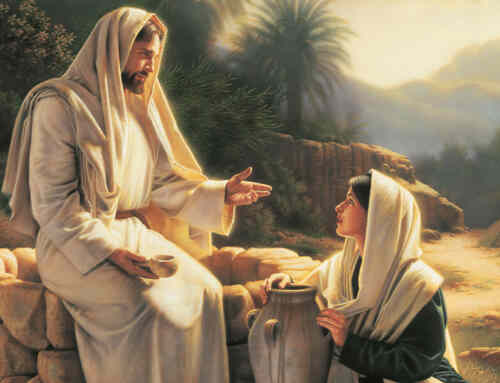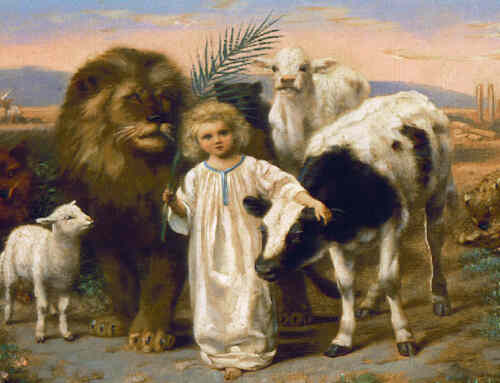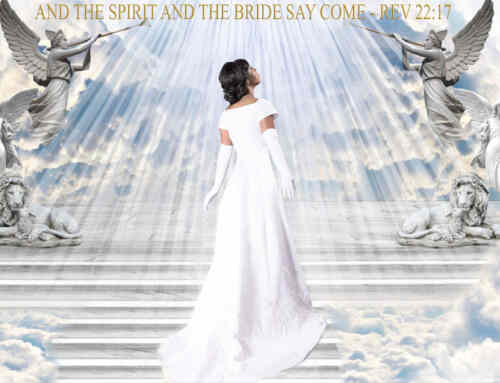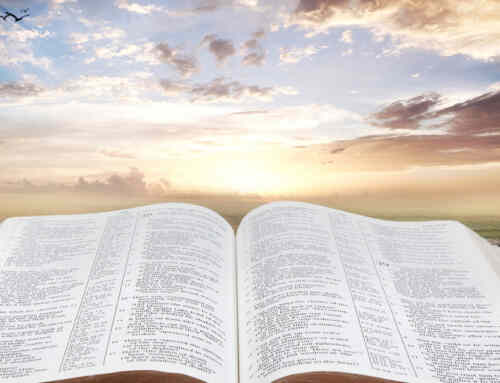Many biblical stories and prophecies use the image of a lamb to symbolize our Lord because of the animal’s character and disposition. A lamb always follows and obeys the voice of his Shepherd just as Jesus always completely fulfilled the Father's will. As Jesus said of Himself, “Take my yoke upon you, and learn of me; for I am meek and lowly in heart…” Matthew 11:29. No other animal reflects so beautifully the finest traits of our Savior.
Recall the sacrifice of a lamb during the 10 plagues in Egypt. The nation of Israel ate the Passover lamb, and the first-born were under the protection of its blood. When the Apostle Paul explained the symbolic meaning of this event, he called Jesus our Passover lamb sacrificed us. “Therefore purge out the old leaven, that ye may be a new lump, as ye are unleavened. For even Christ our passover is sacrificed for us.” 1 Corinthians 5:7.
The prophet Isaiah also used the image of a lamb to describe Jesus. “He was oppressed, and he was afflicted, yet he opened not his mouth: he is brought as a lamb to the slaughter, and as a sheep before her shearers is dumb, so he openeth not his mouth.” Isaiah 53:7. Just as a lamb is quiet, gentle, and can be easily lead to his slaughter, so our Lord voluntarily, without opposition submitted to suffering and death.
When John the Baptist baptized Jesus, he declared, “Behold the Lamb of God, which taketh away the sin of the world.” John 1:29. He prophesied the future sacrifice of Jesus, who, like the lamb in Isaiah, would be meek and humble, and be put to death. It promised that death should be voluntary and accepted with gentleness and tranquility. It would also become the sacrifice of the Paschal lamb to take away the sin of the world.













